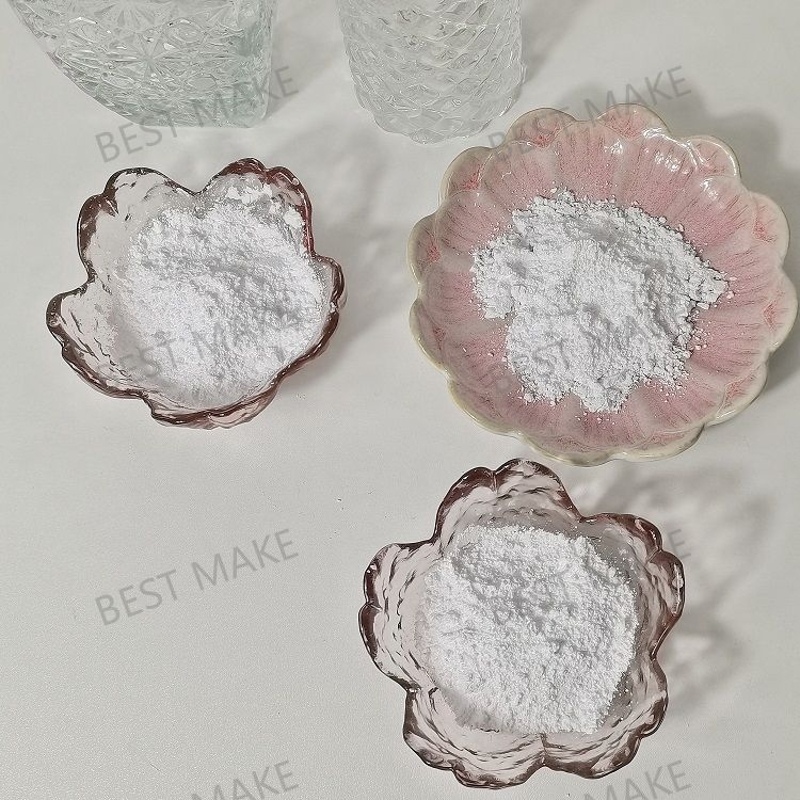-
Categories
-
Pharmaceutical Intermediates
-
Active Pharmaceutical Ingredients
-
Food Additives
- Industrial Coatings
- Agrochemicals
- Dyes and Pigments
- Surfactant
- Flavors and Fragrances
- Chemical Reagents
- Catalyst and Auxiliary
- Natural Products
- Inorganic Chemistry
-
Organic Chemistry
-
Biochemical Engineering
- Analytical Chemistry
- Cosmetic Ingredient
-
Pharmaceutical Intermediates
Promotion
ECHEMI Mall
Wholesale
Weekly Price
Exhibition
News
-
Trade Service
5.
3.
2.
3 Application of MBR in industrial wastewater
As of 2005, 39 MBR industrial wastewater treatment systems have been built in North America.
The treatment objects mainly include wastewater from food, beer, chemical, pharmaceutical and automobile production, as well as landfill leachate
.
Since the 1970s, Japan has built more than 150 MBR industrial wastewater treatment projects
The application of MBR in the treatment of a certain food wastewater in Shenyang: the treated water volume is 1000m 3 /d, and the treatment process is wastewater-fine screen machine-degreasing tank-regulating tank-facultative oxygen tank-MBR-disinfection tank-recovery tank
.
See Table 5-11 for the quality of incoming and outgoing water
Table 5-11 Water quality of water in and out of a food wastewater treatment in Shenyang
The application of MBR in a brewery in Tianjin
.
The project was completed and put into production in 2006, with a designed annual output of 400,000 tons of beer.
At the same time, 4,000 m3 of wastewater will be generated every day during the beer production process
The application of MBR in industrial wastewater treatment at home and abroad is shown in Table 5-12
.
Table 5-12 Application of MBR in industrial wastewater treatment at home and abroad
5.
3.
(1) Toilet wastewater MBR has great advantages in the treatment of fecal wastewater.
The sludge concentration is high and the volume load is large when the fecal wastewater is processed.
The hydraulic circulation of the biodegradation and membrane separation unit enables the bioreactor to maintain a certain temperature.
Conducive to the improvement of biochemical degradation efficiency
.
There are 5 typical processes for MBR treatment of manure wastewater, which are high-efficiency biological denitrification-ultrafiltration, high-load denitrification-ultrafiltration, high-load activated sludge ultrafiltration, activated sludge-ultrafiltration, and high-efficiency biogas fermentation- Ultrafiltration
(2) The MBR of landfill leachate has high sludge concentration, strong impact load resistance, and the separation of hydraulic retention time and sludge age.
The refractory components in landfill leachate can be degraded under long sludge age.
The treatment of leachate is more advantageous
.
The leachate processed by the leachate treatment station of a garbage incineration plant in Shanghai is the leachate from the garbage storage pit of the incineration plant.
(3) Hospital sewage The hospital sewage contains pollutants such as various drugs, disinfectants, and anatomical discards, as well as a large number of bacteria, viruses and parasites, and the composition is relatively complex
.
The main pollutants of most hospital sewage are pathogenic microorganisms and toxic and harmful physical and chemical pollutants.
During the SARS epidemic in a Tianjin hospital in 2003, in order to meet the requirements of receiving SARS patients, the sewage treatment system was modified, and MBR was selected as the main process of sewage treatment in the hospital, and technologies such as negative pressure operation, exhaust gas treatment, and remote monitoring were adopted.
Ensure its safe and stable operation
.
The project adopts the submerged MBR process, and the designed water treatment capacity is 500m 3 /d
Many industries have been involved in the application of MBR technology in China.
According to literature reports, good treatment results have been achieved
.
In the application research, the submerged MBR process is mostly used, and the hollow fiber membrane module is mainly used; in the bioreactor unit, in addition to the aerobic process, it also exerts the advantages of the anaerobic process in the treatment of high-concentration sewage and refractory wastewater.
.
It should be pointed out that the submerged MBR configuration has the advantages of lower energy consumption and compact structure compared with the external configuration, and it is mostly used, but this does not indicate that the external configuration has defects in this field
.







